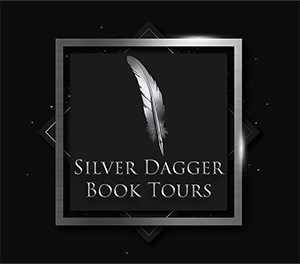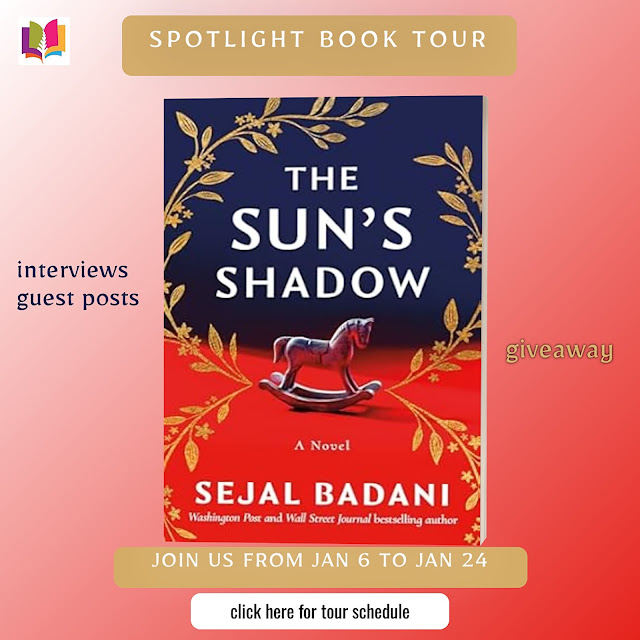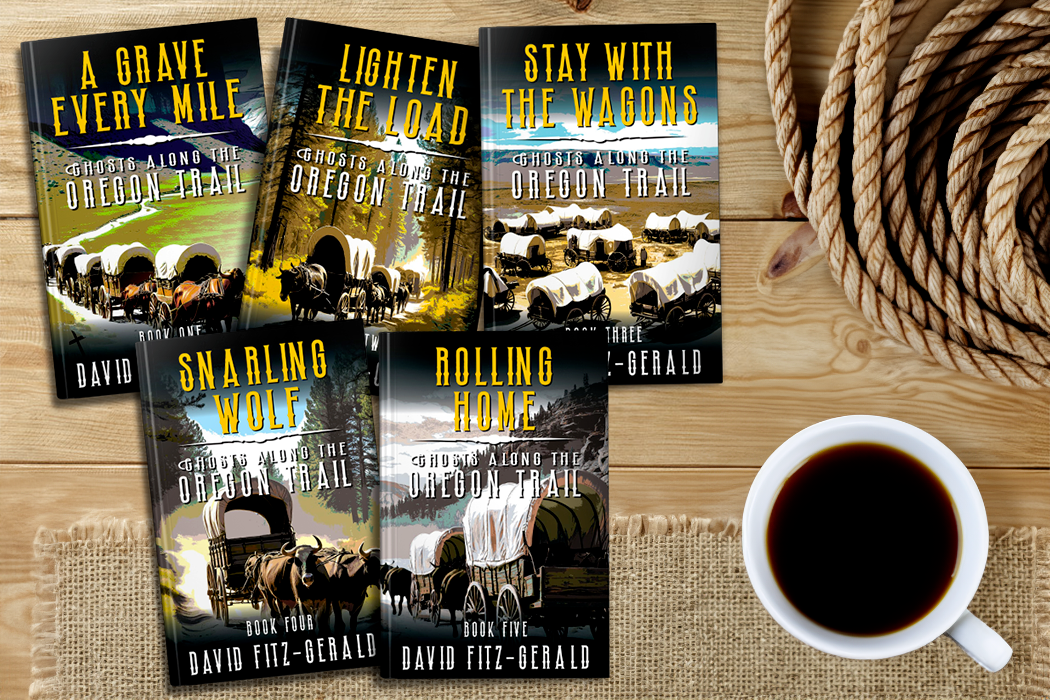
.
Reign of Terror by Leo Silva is a gripping true crime memoir that takes readers deep inside the brutal world of Mexico’s Los Zetas cartel. Follow a rollercoaster of suspense, intrigue, and unrelenting action as you delve into this heart-pounding thriller.
.

Reign of Terror
by Leo Silva
Genre: True Crime Memoir, Thriller

“One of the best DEA narco books I have ever read” – Dave Gaddis, DEA Chief, Global Enforcement Operations
Reign of Terror by Leo Silva is a gripping true crime memoir that takes readers deep inside the brutal world of Mexico’s Los Zetas cartel. Former DEA Special Agent Silva brings unparalleled insight, recounting his years on the front lines in the relentless fight against one of the world’s most violent criminal organizations. This powerful narrative unveils the hidden realities of the drug war, from the complex relationships between the cartels and law enforcement to the personal sacrifices made by those who risk everything to protect others. With raw detail and authenticity, Silva sheds light on the lives of those entangled in a web of corruption, power, and violence. Reign of Terror is more than a recount of battles won and lost—it’s a story of courage, resilience, and the cost of justice. A must-read for fans of true crime and international intrigue.
“In Reign of Terror, Leo Silva masterfully recounts the rise and fall of the notorious and ultra-violent Los Zetas cartel. But more than just retelling the story, Leo’s work is filled with inside information and insights that bring the reader into the world of those tasked with dismantling Los Zetas. Compelling, Leo brings profound humanity to the fight against the Zetas, a fight that brought both victories and tragedies, all of which are deeply felt by the reader.”
– Jack Luellen, Author of Someone Had to Die Podcast Host: “Cartels, Conspiracies and Camarena”
**Get it for Only $3.99 on Kindle!**
Amazon * Bookbub * Goodreads
.

.
It was a scorching hot day on July 14, 2007, not unlike most summer days in deep south Texas. The kids were out of school and were eager to take a dip in the pool. I decided I would barbecue some burgers for the kids, and some ribs for some friends and family who would visit later in the afternoon. Because of all the pressure we had been under during the investigation, I had not celebrated my birthday. But today I was going to forget about work and celebrate my birthday the way any self-respecting Texan would celebrate, with beer and barbecue, surrounded by friends and family. I had the ribs marinating in my special marinade of pineapple juice, lime juice, soy sauce and a tinge of ginger and I had just lit the charcoal in my old pit when my wife came out to tell me she was going to make a quick run to the store because I had forgotten to buy her favorite side dish, corn, when I bought the meat earlier. I’m not sure what compelled me to assure her it was alright and that I would fetch the corn, while she stayed at home and supervised the kids in the pool. I have often thought about that specific moment and wonder what would have happened if I had not gone.
I took my wife’s gray 2002 Ford Focus with a “Hello Kitty” sticker in the rear windshield and hauled ass to the grocery store. The layout of the store was as familiar to me as the back of my hand. I knew it so well I could probably run through the entire store blindfolded and still find whatever I needed. I got my shopping cart, went straight to the produce section, and parked my shopping cart in front of the corn section. Carefully shucking the hulls and inspecting each ear, I started in on the corn to make sure there were no defects on the kernels, intent on getting home to cook the ribs and burgers.
As I was inspecting one ear of corn, three men turned the corner from the meat section into the produce section. I locked eyes briefly with a stocky built older man with grayish hair. The two men with him were much younger and walked behind the older man, in deference to his authority. They all passed by me on my right-hand side. I noticed that one of the younger men put his hand on the older man’s back, in a somewhat protective posture. I had seen the old man somewhere. The old computer in my brain started a file search in the most cavernous, obscure, and remote depths of my intellect. It transported me back to my office, to my desk, where I had posted a picture of Carlos Landin Martinez on the wall next to my door. Every day, for two years, the picture stared at me callously, devoid of feeling, almost mockingly.
I immediately went into high gear. Before taking any further action, I had to confirm for a fact that it was Landin, without a doubt. I watched them as they made their way in the produce section to the watermelon section. Landin himself picked out a large watermelon and gave it to one of the younger guys to inspect. I pushed my shopping cart closer to them so I could get a better look and confirm that it was Landin. I passed within 8 feet of him and got a good look at his face and confirmed that it was him. He glanced up as I passed them by, and we locked eyes again. The adrenalin was surging through every artery in my body, pumping out charges of electricity through my bloodstream. I could feel my carotid artery pulsating as the adrenaline flooded my blood stream. They placed their watermelon into their shopping cart and went to the checkout. While I was standing in line about four aisles away, I watched them through my peripheral vision, careful not to spook them or lose sight of them. I went through the checkout and paid for the corn, trying to fit in with the rest of the customers, despite wearing a shirt with the official DEA logo over the left side of my chest. I would not get close enough for him to notice that minor detail. They finished paying for the watermelon and they walked out of the north side exit of the store. I had parked on the south side, which could pose a problem for me, and I prayed they had not parked on the north side of the store—if they had, I might not get to see their vehicle.
Luckily, they were relaxed, taking their time to walk through the parking lot. I got the bag of corn, ran to the south side of the store, and quickly got into my wife’s “Hello Kitty” car just as they opened the door to a white Chevrolet pickup truck and got in.
We were in business!
They maneuvered their truck through the parking lot exiting on the south side, where I happened to be waiting. They left the store parking lot and approached 10th street, the principal thoroughfare in McAllen, Texas. I was behind them with two cars between us. It occurred to me then that if they made me, they would turn my wife’s Hello kitty car into Swiss cheese, with me in it. They turned south on 10th and then immediately turned into a car wash. I nearly panicked as they got out of the truck, as I didn’t want to lose them. But I remained calm and drove past the car wash and pulled into a furniture store parking lot that gave me a perfect view of them.
Landin and one individual got into a four-door sedan parked near the exit of the car wash and waited as the other individual took care of business with the car wash. I watched patiently as the other guy emerged from the car wash and entered the sedan on the passenger side, with Landin seated in the back. It was at this point that I pulled out my Nextel and called my McAllen PD task force officer, Erik Torres, gave him the description of the suspect vehicle, and my wife’s hello Kitty vehicle and told him to send me a unit immediately for a possible traffic stop. I could barely control my breathing as I spoke to Erik. I told him to keep it low profile because I wanted to make sure it was, in fact, Carlos Landin before letting anyone else know, especially the bosses in Houston.
When they left, the car was moving within the flow of traffic, going south on 10th street. I followed them cautiously for what seemed like an eternity. Erik called me and informed me that he had notified a unit in the area. Right after he said this, a McAllen PD unit pulled up alongside me and the officer gestured to me, as if asking which car. I pointed to the white four-door sedan, and he gave me a thumbs up and proceeded south on 10th behind the vehicle. Erik was in communication with the officer and gave me a play-by-play as the events developed. I dropped back and let the officer do his job. At the intersection of 10th and La Vista, the driver of the vehicle runs a red light, and the officer immediately pulls up behind him and flashes his emergency lights. The car with the three men pulled over, and I passed them up and pulled into an adjacent parking lot to watch the action.
The officer approached the vehicle, interacted with the occupants of the vehicle, and asked for their respective identification. My heart was pounding as I considered the magnitude of what was about to happen. The officer returns to his vehicle and calls Erik, who then calls me and says, “Leo, it’s him. It’s Carlos Landin Martinez! What do you want to do with him?”
“Get some more units to back up this officer and let’s lock him up!”
Within minutes, the place was swarming with McAllen PD units, and I watched as they handcuffed Landin and put him in the back of a patrol unit. His life would never be the same. My next call was to Jimmy Bird. He genuinely thought I was fucking with him.
I told him, “Jimmy, call Erik and get all the details, then call the AUSA assigned to the case and let her know what just happened. We have a lot of work to do before Monday and no, I am not fucking with you. Now get off the phone so I can call the boss and let him know.”
He let out a whooping victory cry before hanging up the phone.
So, I called my boss. He called his boss. And they called Washington, DC. Before dusk, the Administrator of the DEA was aware of what had transpired that Saturday afternoon in McAllen, Texas. I called our office in Monterrey to let them know. The rush of excitement swept through the whole agency like wildfire. I was taking and making calls all over the place, but there was one call I forgot to make in all the excitement. I forgot to call my wife and let her know I had gotten busy. She called me and when I saw the name on the incoming call list, my heart sank.
She had been worried sick, but I explained what happened and assured her I would be home soon. She understood. They always do.
Landin went to trial and on January of 2008, a jury of his peers found him guilty on 29 counts of charges ranging from Conspiracy to possess with the intent to distribute over 150 kilograms of cocaine, laundering over $1.5million in drug proceeds and possession with intent to distribute cocaine and marijuana. For these crimes, he received a sentenced of life in prison, where he died in December 2021.
***
So I revert to the question. Was it destiny or circumstance that brought us together?
All I know is that I did not wake up on the morning of July 14, intending or expecting to capture one of the most notorious members of the Gulf Cartel. I woke up expecting I would have a fun filled day with my family.
I truly believe destiny brought us together on that summer afternoon in July, and I often wonder what would have happened if I hadn’t gone to the store for corn at that specific time on that specific day. Why had I taken my wife’s place? There is no logic or order to be found in it like so much in this world. Hell, his wife probably sent him out for a watermelon for a family gathering as well. Our paths crossed because of our love for and commitment to our families. Isn’t that ironic?
I have always been curious what leads a man to a life of crime. In my research, I interviewed an old classmate of Landin’s from Primaria Articulo 1, an elementary school in Reynosa Tamaulipas. The classmate told me that even as a kid, Landin had always been a bully, picking on weaker or smaller kids. The classmate recalled a time when, for no reason, Landin brutally beat on a much younger classmate in the playground, leaving him on the ground, bloodied and practically unconscious. Landin just laughed it off as if it were a big joke. As they got older, the classmate withdrew from Landin and the company he kept, stating that Landin never seemed to have any parental supervision and was always on his own, doing whatever he wanted to do, He drank alcohol at fourteen, and avoided school altogether. So, from an early age, Landin lived a life of crime and violence, causing harm to others and had no remorse for it. He had to know that his life of crime would end someday—and it did, on that scorching hot summer day in July.
I did what I had to do, what I was trained to do, and what I love to do. I certainly don’t have any regrets and never will.
.

,
What is something unique/quirky about you?
My passion and love for writing goes hand in hand in hand with my passion for music. In my family, I represent the fourth generation of musicians, with a love for music that is deeply embedded in my soul. I am both a singer and piano player and a huge fan of all musical genres with a special affinity for jazz and traditional Mexican boleros. My writing is interspersed with references to music and songs as I believe music plays a huge role in our daily lives and emotions.
Can you, for those who don’t know you already, tell something about yourself and how you became an author?
I am a native of Brownsville, Texas, a coastal city in deep south Texas. My love for reading books and writing stories was nurtured by my mother, who is an avid reader herself. In college, I majored in English with a concentration in American Literature and honed my writing skills under the tutelage of a highly talented professor. After college, I joined the US Drug Enforcement Administration as a Special Agent where I served in various assignments along the Southwest border and in Guadalajara and Monterrey, Mexico for a total of 28 years of service. My experiences as a DEA agent provide the backdrop for my writing. My first book Reign of Terror depicts my experience in Monterrey Mexico and the DEA’s struggle to assist in the apprehension of some of their most violent members.
Who is your hero and why?
Without question, my heroes are my parents, who taught me valuable life lessons at a young age. Lessons which have helped shape my character and lessons that I have passed onto my own children. My writing makes several references to the advice and lessons my parents have given me over the course of my life.
What inspired you to write Reign of Terror?
In my college years, I always dreamt about writing a book one day. After I retired from DEA, I saw it as the perfect opportunity to tell my story in Reign of Terror. I often see the narrative about El Chapo Guzman being played out in the news, movies, books and series but hardly anyone knows about the other Cartels that exist in Mexico, especially the Gulf Cartel, one of the oldest if not the oldest Cartel in Mexico. Reign of Terror gave me the opportunity to show the public that Chapo Guzman was not the only player in town and that there were people far more dangerous and treacherous than El Chapo.
Convince us why you feel your story is a must read.
Reign of Terror gives one the opportunity to immerse oneself into the darkest corners of Mexico’s Narco underworld. It is a collection of true stories, true events, victories and defeats, a rollercoaster of emotions told by someone who lived it firsthand.
What is your advice to new authors?
My advice to young writers is to be persistent and realize that writing is a marathon not a race. There may be days when one doesn’t feel like writing and that is OK. But keep chipping away at it until you have told your story the way you want. Persist, every day, even if you only write one sentence. It will all be worthwhile when you are finally done.
.



Leonardo “Leo” Silva is a native of Brownsville, TX, a charming seaside city on the border. He is a 1982 graduate of Homer Hanna High School and received a Bachelor of Arts degree in Literature from the University of Texas-Brownsville in 1985. He served as a Special Agent/ Supervisory Special Agent with the United States Drug Enforcement Administration from 1987 to 2015. During his career, he was assigned to offices along the Southwest border, Guadalajara, Jalisco and Monterrey Nuevo Leon, Mexico.
Website * Facebook * Facebook * X * X * Instagram * LinkedIn

Follow the tour HERE for special content and a giveaway!
Choice of Print or ebook copy of Reign of Terror,
$20 Amazon giftcard
– 1 winner each!
.
.

.
~~~~~
Thanks so much for visiting fuonlyknew and Good Luck!
For a list of my reviews go HERE.
For a list of free eBooks updated daily go HERE
To see all of my giveaways go HERE.














































































